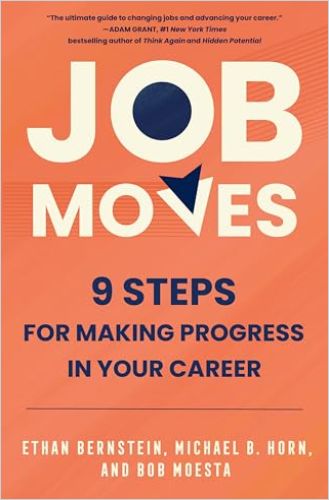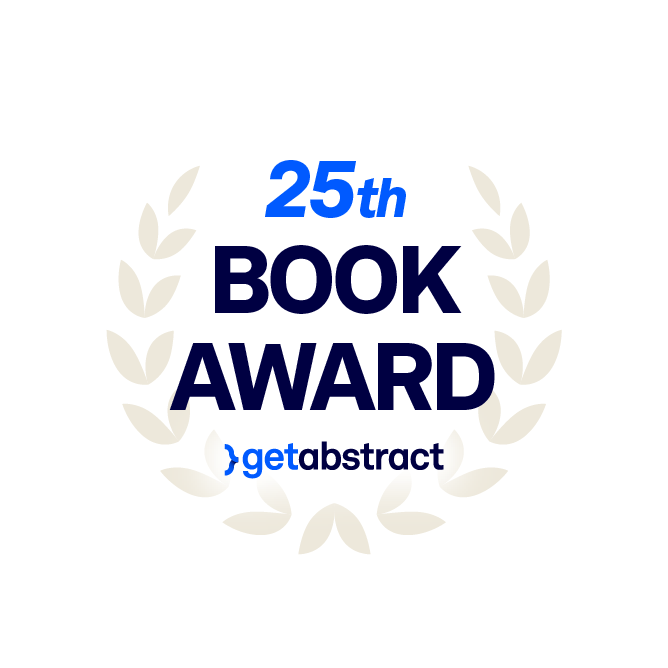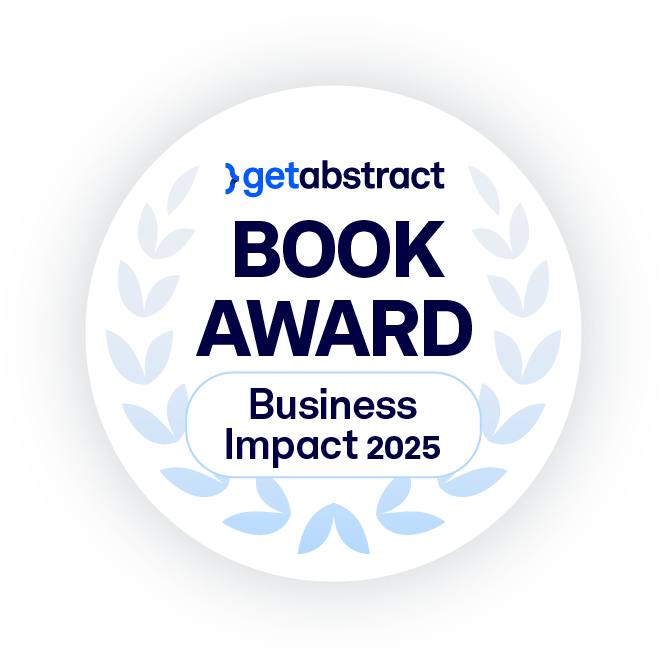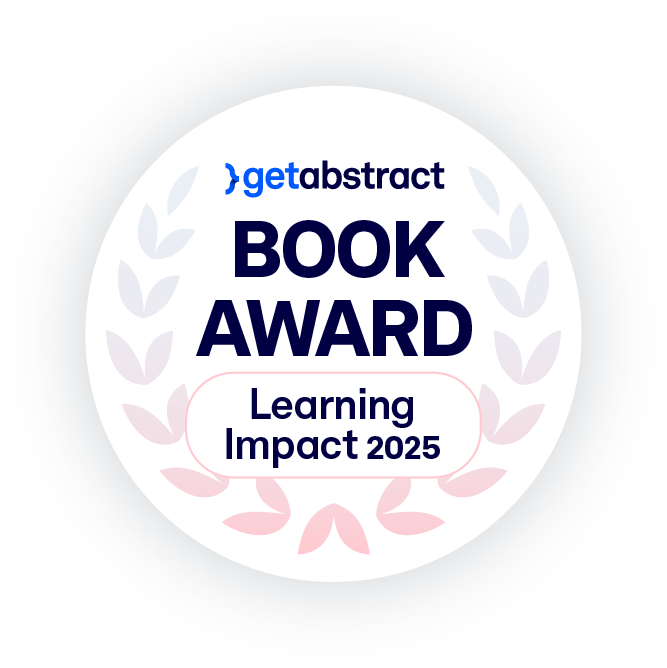Career-change researchers Bob Moesta, Ethan Bernstein, and Michael B. Horn detail the path to a satisfying, painless job transition.

Time to Change
Career-change researchers Bob Moesta — president and founder of The Re-Wired Group; Ethan Bernstein — Edward W. Conard Associate Professor of Business Administration in the Organizational Behavior unit at the Harvard Business School; and Michael B. Horn — co-founder of the Clayton Christensen Institute — guide you through a smooth job transition.
Career Change
Consumers “hire” products that help them achieve specific goals. Successful job changers “hire” employers that enable the career progress they seek.
A job-switching timeline begins with dissatisfaction, progresses to passive and active job searching, and culminates in decision-making. Expect anxiety about the unknown and comfort in the familiar, which can delay or derail change.
Switching jobs isn’t random or independent from the experiences you’ve had in the past.Bob Moesta, Ethan Bernstein, Michael B. Horn
Reflect on your most recent career change through the lens of “pushes and pulls,” the authors write. For example, you may want to leave your role as a lab manager due to boredom and limited learning opportunities — pushes — and feel drawn to a position that allows you more time for personal pursuits — pulls.
Analyze your energy “drivers and drains.” Energy drivers are tasks that excite and engage you; drains frustrate or exhaust you. Categorize your skills into “assets” and “liabilities.” Assets are your skills, experiences, and credentials; liabilities are the trade-offs or sacrifices you made to acquire your assets, such as time, effort, or financial investment.
Our capabilities, to some degree, both drive and constrain our pursuit.Bob Moesta, Ethan Bernstein, Michael B. Horn
Moesta, Bernstein, and Horn encourage you to create a “balance sheet” listing your assets and liabilities. Identify which skills are essential for your next role, which are negotiable, and which are less critical.
Your “quest” is your job search’s overarching goal or purpose. Knowing your primary quest helps you define your priorities and the trade-offs you’re willing to make to achieve your goals. Identify what forces drive your decision to seek a new job and compare them to your energy drivers and capabilities. Categorize factors as critical, negotiable, or less important, and evaluate whether your priorities align with the quest you plotted.
Your Purpose
Prototyping your future involves brainstorming potential career paths that align with your goals and priorities. Identify trade-offs you’re willing to make to discover what matters most. Generate three to five career prototypes based on your priorities. Consider the responsibilities of each role, how it aligns with your energy drivers, and the trade-offs involved — say, a smaller paycheck but greater autonomy.
Rank your prototypes based on how they align with your energy drivers and assets. Score each role against your next-role must-haves, mid-tier priorities, and least important factors to see which options align best with your values.
When considering trade-offs, the authors advocate focusing on what you feel willing to sacrifice to gain the most. Understand the non-negotiable energy drivers and capabilities that define your quest. Choose the trade-offs you are — and are not — willing to make to set realistic expectations.
Leverage your network to gather insights about job opportunities. Informational interviews with weak ties — people outside your inner circle who are more likely to have insights and perspectives that differ from yours — are invaluable. Uncover hidden challenges to ensure you understand a job’s potential downsides before committing.
Career Knowledge
A “career story” is a compelling narrative that communicates your career journey. It expresses the progress you aim to achieve and how your skills and motivations align with a prospective role. It frames your experiences, decisions, and aspirations as relatable and meaningful to hiring managers. A well-constructed story reflects your energy drivers, assets, and the trade-offs you’re willing to make, thus ensuring you seem intentional and confident in your career path.
Sometimes the simplest version of a story makes the best elevator pitch.Bob Moesta, Ethan Bernstein, Michael B. Horn
To create your career story, Moesta, Bernstein, and Horn recommend using a structured approach, such as a story spine, which organizes your prior experiences and future goals into a coherent sequence. Craft a narrative for your future aspirations, tying them to the role you seek and the progress you want to achieve. Share this story in résumés, cover letters, and interviews to differentiate yourself and connect with hiring managers on a personal level.
Synthesize everything you know about your career goals, energy drivers, and assets into a compelling and strategic approach. Tailor your application materials, such as your résumé and cover letter, to reflect the specific requirements and priorities outlined in each job description. Use language directly from the job posting, particularly keywords, to ensure your application makes it through applicant tracking systems (ATS). Highlight transferable skills and quantify relevant experiences.
To prepare for interviews, hone your narrative using your story spine framework. Anticipate common questions and practice responses that map your experiences to the skills and outcomes the employer seeks. During interviews, assess the details of the role to ensure it aligns with your values and trade-offs. When interviews end, ask thoughtful questions about the position and organization.
Review
Packed with actionable insights, Bob Moesta, Ethan Bernstein, and Michael B. Horn’s guide directs you to identify the work you find motivating, craft a compelling career story, and align your aspirations with real-world opportunities. Whether you seek better alignment, growth opportunities, or a complete reset, the authors equip you with the tools you need to take control of your professional future. Their advice is direct and concise: It’s easy to read, retain, and apply to your new job search. Moesta, Bernstein, and Horn come from disparate fields yet combine their differing expertises smoothly to offer cogent advice spanning any conceivable field. They prove themselves well-versed in job seeker psychology, job-seeking tactics, and career and motivation self-examination. Follow their step-by-step process to design a fulfilling career path and avoid common job transition pitfalls.









